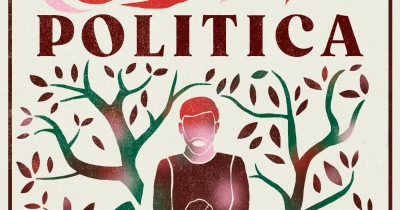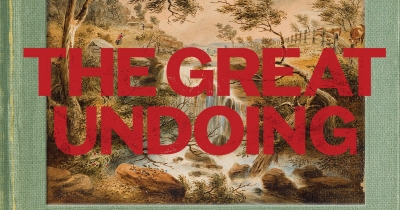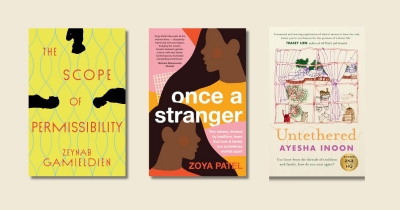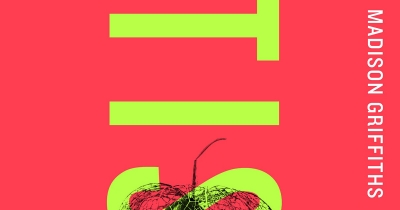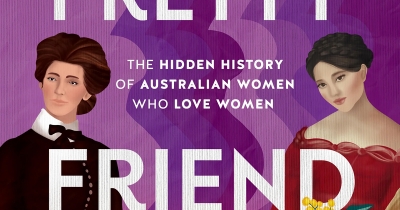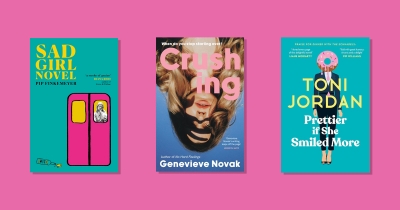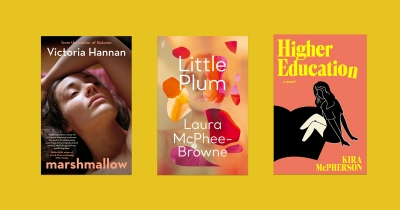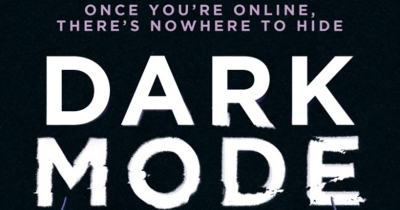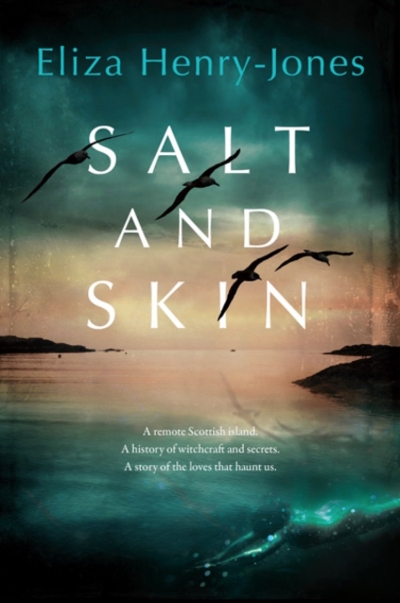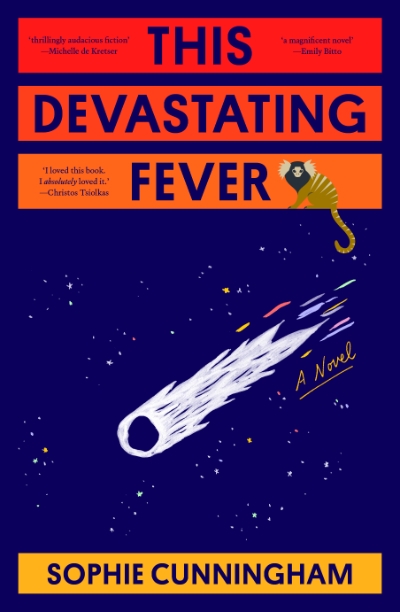Early in This Devastating Fever, a writer named Alice has a difficult conversation with her agent, Sarah, about the novel she is working on, which she is considering calling This Devastating Fever. The novel is supposed to be about Leonard Woolf, left-wing journalist and activist, novelist, publisher, best-selling memoirist, and husband of Virginia Woolf, whom he outlived by almost thirty years. Things are not going well for Alice, however. She cannot settle on a theme (the parallels between Leonard’s era and her own proliferate alarmingly) or an approach (experimental approaches have failed her, historical fiction bores her), and her agent is increasingly concerned. In its current iteration, the book is both fiction and non-fiction – which makes it potentially unsaleable, Sarah tells Alice sternly. Forced to choose, Alice picks fiction.
...
(read more)

